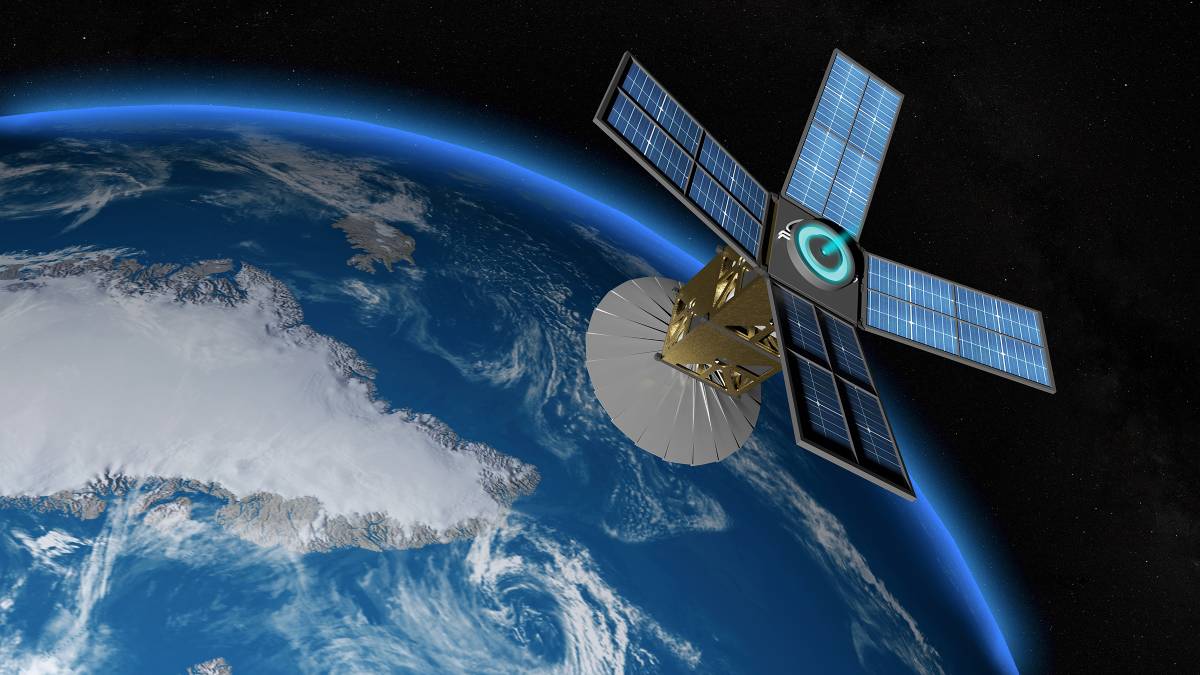
Demand for access to earth observation data (EO) and satellite services is spreading to sectors outside space and satellite. Constellations spoke with Igor Alonso Portillo, Director of Sales and Business Development at KSAT, and Eliot Nelson, Business Development Manager at KSAT about the growing demand for data, expanding services into new sectors, and what SmallSat acquisitions tell us about the state of the industry.
High Demand for Data and Connectivity
Much of the demand that informs the satellite industry is centered around obtaining and distributing data. It’s all about “demand for information, demand for connectivity, and demand for instantaneous connection,” said Portillo. “We’re going in a direction where we need and we want ubiquitous and instantaneous connectivity and information.”
Demand for data will continue to grow until it becomes ubiquitous. “We saw in the last two, three years with the state of the world—and even from COVID times—that satellite imagery is just a total need,” said Portillo. “It’s just going to become a common thing. We won’t think about it anymore.”
Earth observation and data processing will continue to expand in space, rather than moving to the ground. “We see a lot of analytics companies coming over to the space industry,” said Nelson. Edge computing will occur on the spacecraft, and processed images will be downlinked to the ground. “Processing, where it’s edge at the ground station or even doing some pre-processing on board the spacecraft, is something which is here to stay,” added Portillo, and also predicted that space relay will become the standard way of moving information.
Expanding to New Sectors
Only a few companies are controlling space architecture, which has led some to express concern about access to space. Portillo, however, argued that there are a variety of opportunities for small companies and startups to get into the satellite business. “When you [talk about] this domination and few players, we are talking about the satcom business,” said Portillo. “In other sectors or in other niche applications, we don’t see any domination at all.”
Widespread and diversified access to space data will encourage growth and bring in new clientele. Companies, and even entire sectors, are expressing interest in space data and earth imaging—a good sign for growth. “It’s a fantastic thing that more people can use the images acquired by imaging companies. The more usage, the better,” said Portillo.
This shift will force companies to be more aware of the needs of their expanding customer base, including understanding how they are utilizing satellite services. And this expands beyond observation and imaging companies. “With regards to investments in companies that are launching satellites, I think we’re going to see investors start to ask more questions of the product that your payload is delivering on orbit,” added Nelson.
“In the beginning of the new space market, folks were more concerned with just proving their technology on orbit, without having thought about who their end customer is that will buy their product,” said Nelson. That era is over, and now anything that comes to market needs a defined customer base.
Consolidation and the State of the Industry
Satellite imagery is already informing policy decisions as well as other economic sectors, such as sustainability, environment protection and disaster response. For example, “with climate change happening pretty rapidly, we see insurance companies looking for satellite data in order to prepare for responses to natural disasters,” said Nelson.
Meanwhile, several significant SmallSat acquisition deals took place in the first week of August, leading some to believe that a widespread consolidation of the industry is taking place. Portillo, however, sees these acquisitions as a normal sign of economic growth within the sector. “Companies reach a particular level when they are interesting for big players, and then they get acquired,” he said.
Innovation isn’t limited to the acquisition of small companies. “We [at KSAT] have decided to catch that wave by having a separate innovation department, which actually pushes new ventures,” said Portillo. “Instead of entrepreneurship, I think this is another way for bigger companies, as we grow, to capture innovation without people having to leave and do their own startup.”
Looking forward, both Portillo and Nelson are optimistic about the future of space technology, and outlined how they believed the industry would be shaped by radical new technology. “What I’d like to see in 10, maybe 20 years, at least in our lifetimes, is commercial human spaceflight,” said Portillo. “Not just for a few but for many applications.”
To hear more about EO, space domain awareness and access to spectrum, listen to the full episode here.
Explore More:
Executives Say the New Competitive Landscape is Spurring Innovation Among Longtime Satellite Operators
Podcast: Tsunami of SmallSats, Growth of GSaaS Providers and the Future of Space
Is the SmallSat Industry Experiencing Consolidation?
Why Experts and Investors Remain Bullish About the Earth Observation Industry
